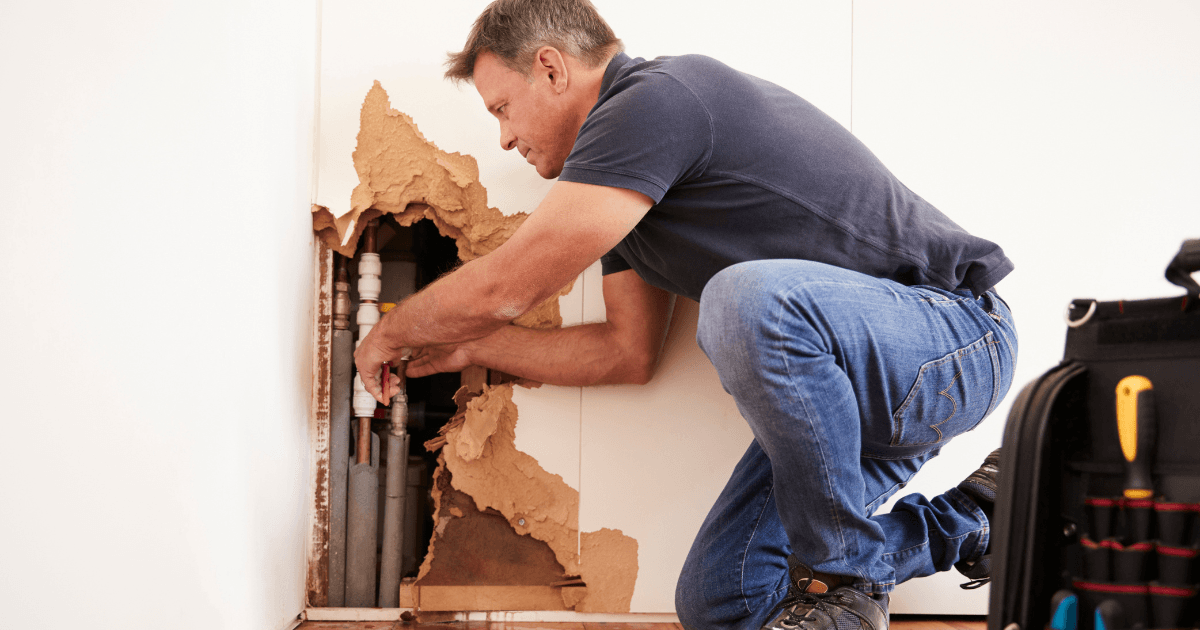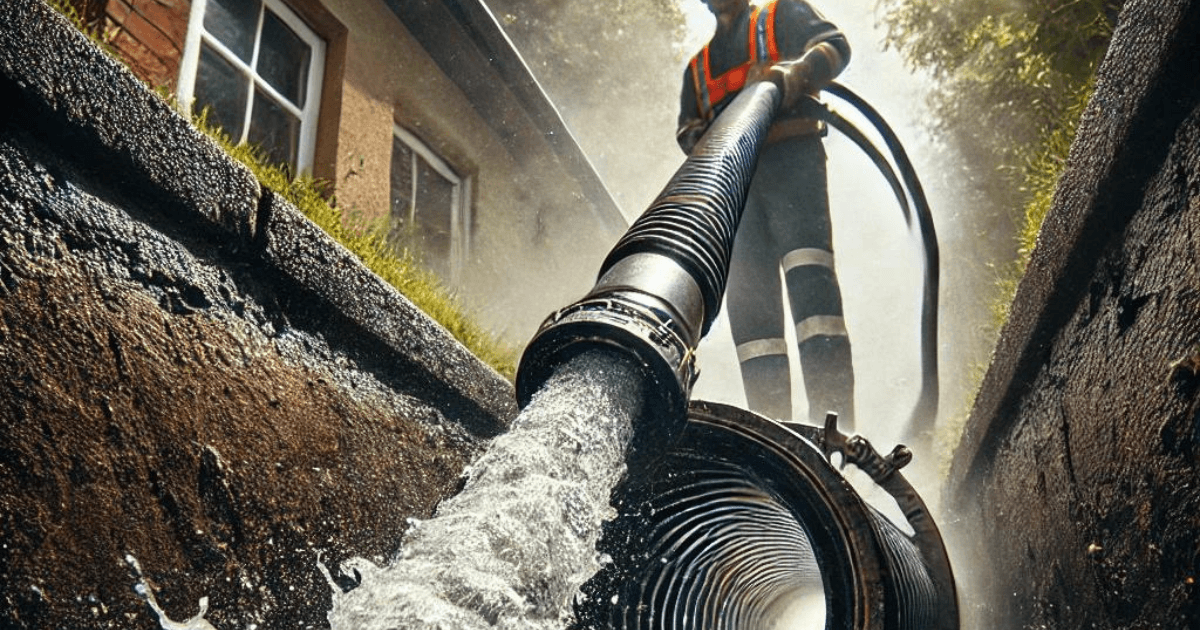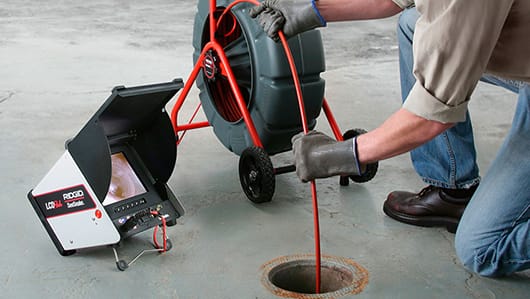Hard water may seem like a minor inconvenience, but its effects on your plumbing system can be costly and disruptive over time. The mineral-rich water that flows through your pipes contains high levels of calcium and magnesium, which accumulate and cause blockages, inefficiency, and premature breakdowns. In this article, we’ll take a first-principles thinking approach—deconstructing the root causes of hard water damage and crafting solutions that don’t merely address symptoms but tackle the problem at its core.
Understanding the fundamental physics and chemistry of hard water is the first step in developing a sustainable, effective strategy for preventing its damage to your plumbing system. By applying deep analytical rigor, we’ll explore not just conventional solutions but also future-facing, evidence-based practices that will help you optimize your plumbing for both short- and long-term resilience.
The Science Behind Hard Water: Why Does It Cause Damage?
At its most basic level, hard water is water that contains high concentrations of dissolved minerals, specifically calcium (Ca²⁺) and magnesium (Mg²⁺) ions. These minerals are naturally absorbed as water passes through limestone and other mineral-rich substrates.
Core Problem: Mineral Buildup and Its Consequences
Over time, these minerals precipitate out of the water, adhering to the surfaces inside your pipes. This creates limescale, a hard, chalky deposit that restricts water flow and interferes with heat transfer. In appliances like water heaters, this mineral buildup insulates heating elements, causing them to work harder, increasing energy consumption, and leading to premature equipment failure.
While calcium and magnesium are essential for human health, their presence in plumbing systems is problematic. The consequences range from reduced water pressure due to pipe blockages to leaks and corrosion in weakened pipes.
Breaking Down Conventional Assumptions
The common assumption is that hard water can only be managed by installing a water softener that uses salt to replace calcium and magnesium ions with sodium ions. While effective, this method has several drawbacks:
- Environmental Impact: Salt-based softeners produce sodium-laden wastewater, which can harm ecosystems when discharged into groundwater or sewage systems.
- Health Concerns: For individuals on low-sodium diets, the increase in sodium levels in softened water can be problematic, especially if the water is consumed directly.
Therefore, addressing hard water damage requires rethinking these assumptions and developing more sustainable, health-conscious, and cost-effective solutions.
Preventing Hard Water Damage
By analyzing the fundamental causes of hard water damage, we can develop a layered approach that incorporates both immediate fixes and long-term preventive measures. Below, we explore some of the most effective strategies from a first-principles standpoint.
1. Regular Pipe and Appliance Maintenance: Controlling the Source of Damage
Fundamental Insight: Mineral buildup happens gradually, so preventive measures are most effective when they interrupt the accumulation process early and regularly. The longer minerals are allowed to settle in your pipes and appliances, the more difficult and costly the removal process becomes.
Action Steps:
- Flush Water Heaters Regularly: Hard water minerals accumulate at the bottom of water heaters, reducing their efficiency. Regularly flushing the heater (every 6-12 months) removes the sediment before it becomes problematic.
- Descale Faucets and Showerheads: Cleaning faucet aerators and showerheads with vinegar or a commercial descaling solution every few months dissolves the mineral buildup, maintaining water flow and preventing clogs.
- Use Water Softeners for Key Appliances: Installing localized water softeners on key appliances like dishwashers and washing machines prevents limescale buildup in these systems, improving their efficiency and lifespan without the need for whole-house softening.
Real-World Application:
A homeowner in a hard water region like Phoenix, AZ, reports flushing his water heater annually and using vinegar to clean his showerheads monthly. These simple actions resulted in consistent water flow and an 18% reduction in energy bills over two years.
2. Consider Water Softening Alternatives: Beyond Salt-Based Softeners
While traditional salt-based softeners are effective, they aren’t the only option. From a first-principles perspective, the goal is to neutralize the harmful effects of calcium and magnesium ions without causing additional issues like environmental degradation or excessive sodium intake.
Alternative Solutions:
- Magnetic or Electronic Descalers: These systems use magnetic or electric fields to alter the structure of mineral ions, making them less likely to adhere to surfaces as limescale. Though controversial, some studies suggest they work well for moderate hard water, particularly in areas where salt-based systems are not ideal.
- Salt-Free Water Conditioners: These systems don’t remove minerals but instead use template-assisted crystallization (TAC) to convert calcium and magnesium into a form that doesn’t stick to pipes. This provides an eco-friendly solution that maintains water quality while preventing limescale buildup.
Evidence-Based Perspective:
Research from the Water Quality Association has shown that salt-free conditioners can be effective in areas with moderate hard water (up to 25 grains per gallon). They are also low-maintenance and do not produce wastewater, making them a viable alternative for environmentally conscious homeowners.
3. Localized Softening and Filtration: A Precision Approach
Fundamental Insight: Rather than softening the entire water supply, targeted solutions can be more cost-effective and efficient. Hard water is only harmful when it interacts with specific systems (e.g., heating elements in water heaters), so addressing these points directly can minimize the impact.
Action Steps:
- Install Point-of-Use Filters: These filters can be installed under sinks or in showerheads to remove calcium and magnesium from water used for specific purposes, such as drinking, cooking, or bathing. Reverse osmosis systems are highly effective at removing not only hardness minerals but also other contaminants.
- Use Ion-Exchange Resins for Appliances: Small-scale ion-exchange systems (the same technology used in whole-house softeners) can be installed in dishwashers and washing machines to prevent mineral buildup in key appliances.
Cost-Benefit Analysis:
The installation cost of a reverse osmosis filter under a kitchen sink is typically between $300 and $700, but the long-term savings on appliance repairs and improved water quality often outweigh the initial investment.
4. Regular Plumbing Inspections: Preventive Care for Long-Term Health
Just as with any system, early detection of hard water damage can prevent catastrophic failure. Over time, untreated hard water can cause pipe corrosion and blockages that lead to leaks, ruptures, and water damage.
Action Steps:
- Schedule Annual Plumbing Inspections: Have a professional plumber inspect your pipes and appliances for early signs of limescale buildup, corrosion, or inefficiency. This allows for proactive maintenance and prevents costly repairs down the line.
- Monitor Water Pressure: Reduced water pressure is often the first sign of limescale buildup. Installing pressure monitors on your plumbing system can help detect issues before they escalate.
Pro Tip:
Plumbers in areas with hard water—such as Las Vegas, NV, where mineral content is high—often recommend annual inspections paired with DIY flushing of pipes using commercial descaling agents to prevent hard water buildup.
5. Long-Term Environmental Considerations: Future-Proofing Your Water System
Fundamental Insight: With growing concerns about water scarcity and environmental sustainability, it’s essential to choose solutions that address hard water without causing harm to the environment. Traditional salt-based softeners produce brine that contaminates water supplies and increases sodium levels in discharged wastewater.
Action Steps:
- Choose Salt-Free or Magnetic Systems: These systems eliminate the environmental risks associated with traditional softeners while still addressing hard water damage.
- Reduce Water Waste with Efficient Appliances: Select water-efficient dishwashers, washing machines, and low-flow showerheads, all of which reduce the amount of hard water flowing through your system.
Conclusion: Rethinking Hard Water Solutions for a Resilient Future
Preventing hard water damage requires more than just installing a water softener—it involves a multifaceted approach that tackles the problem at its core. By using first principles thinking, we’ve identified that the most effective strategies are rooted in preventive maintenance, targeted filtration, and eco-friendly water treatment.
Final Takeaways:
- Regular maintenance, such as flushing your water heater and cleaning showerheads, can drastically reduce the impact of hard water on your plumbing.
- Consider alternatives to traditional water softeners, such as salt-free conditioners or point-of-use filters, which are more environmentally sustainable.
- Annual plumbing inspections and smart monitoring can catch early signs of damage, saving you thousands in repair costs over time.
By addressing the fundamental causes of hard water damage, you can ensure that your plumbing system remains efficient, cost-effective, and environmentally responsible for years to come.
FAQ Section
- How do I know if my water is hard?
- Hard water leaves white spots on dishes, causes soap to lather poorly, and leaves scaly deposits around faucets. A simple water hardness test kit can confirm this.
- Are salt-free water softeners as effective as traditional ones?
- Salt-free systems don’t remove calcium and magnesium but neutralize their effects, making them effective in preventing limescale in areas with moderate hard water.
- How often should I flush my water heater if I have hard water?
- It’s recommended to flush your water heater every 6-12 months to prevent sediment buildup and maintain energy efficiencyUnderstood! Here’s the rest of the FAQ section as well as concluding touches:





